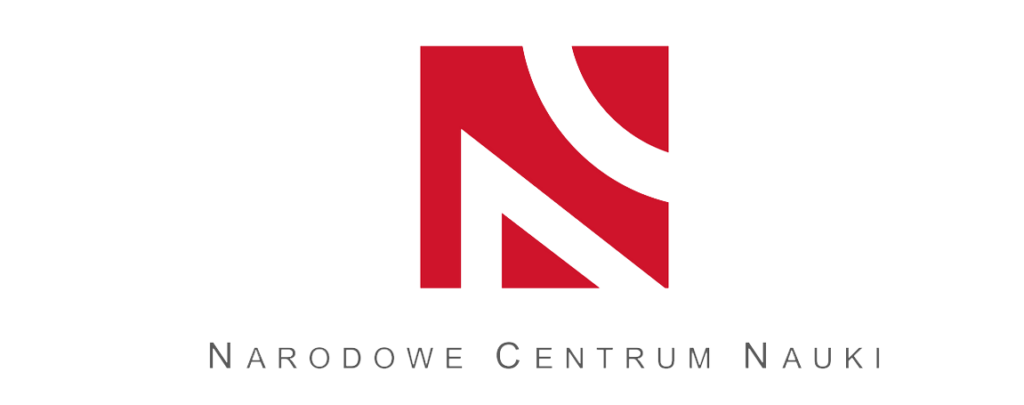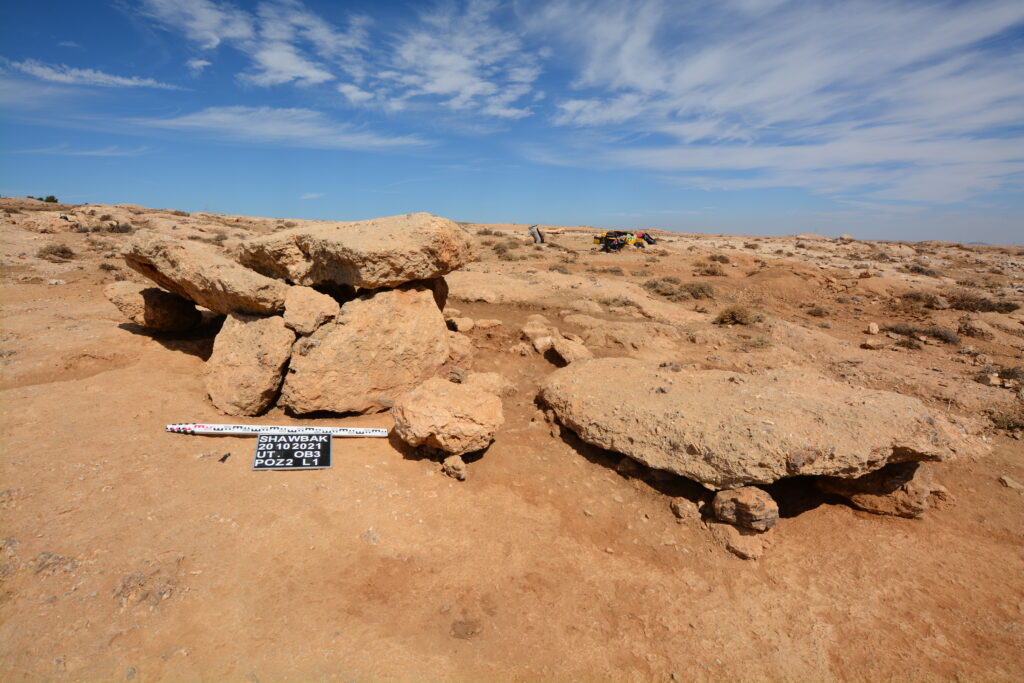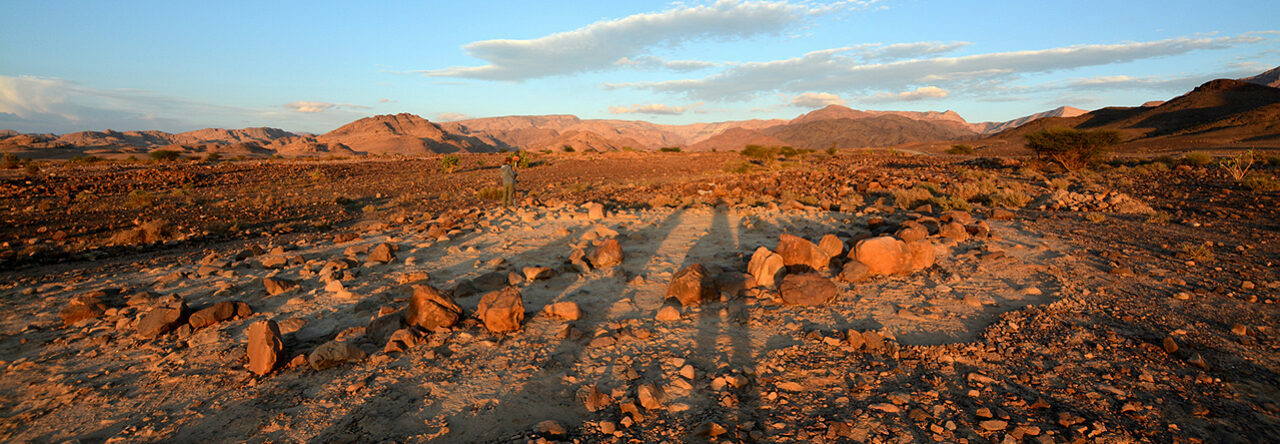HLC PROJECT. Southern Jordan in the late prehistory. Polish archaeological research conducted in years 2016-2021. Jagiellonian University in Krakow, Poland.

NATIONAL SCIENCE CENTER: Wczesna epoka brązu w południowej Jordanii w kontekście badań w mikroregionie At-Tafila, nr umowy z NCN: UMO-2016/22/E/HS3/00141
Since 2016, the Department of Archaeology of Egypt and the Middle East, Jagiellonian University in Krakow has been conducting research in southern part of the Hashemite Kingdom of Jordan. These are both surface works and excavations. The main aim of the HLC Project (Heritage-Landscape-Community) is the first complex attempt to establish the stages of functioning and the significance of the region of south Jordan in the period of late prehistory, a specially during Early Bronze Age. Research goals focuses on determining the stages and specific of human activity within this period in this area, and the test area selected for case study encompassing the micro-region of At-Tafila will serve as the source of information. Therefore, basic research problems are the issues of settlement network and structure, external relations and influences, as well as architectonic and funereal traditions visible in archaeological material. Surface research lasting since 2014 in the vicinity of At-Tafila proved that this area has a great potential for more complex research. The new excavations in connection with laboratory research and supplementary surface surveys are leading to a coherent image of the period of our interest, and determining the dynamics of changes occurring here at the time.
HLC Project members (2014-2023)
Over the past 5 years, a team has conducted excavations at several sites, which have provided new data on the late prehistory period in the area of southern Jordan. The most important are the excavations on sites related to the Bronze Age – Faysaliyyah, Umm Tuweyrat and Wadi Feynan. On the first of them stone dwelling structures and artifacts dated to the Early Bronze IV were identified. At the same time, this site became a research field for methodological discussion on large-area sites with a high degree of surface erosion, where artifacts from many different periods often function in one layer. At the aforementioned site the oldest artefacts come from the Middle Paleolithic period, while the youngest from the Roman period.
 A dolmen field Umm Tuweyrat located in the vicinity of the Shawbak city, seems to be exceptionally interesting as an important source leading us to new information that can be extrapolated to other Jordanian sites of megalithic type. The site was primarily described by E. Dubis, M. Marakleh and S. Nawafleh in 2004 as part of their surface survey project. It is located on a rocky tongue located between two larger wadi’s. At the site 12 dolmen graves were identified, which were documented and in some of them sediment layers were explored. In one of them, a double burial and a number of items were identified. This is a rare case where, due to the partial filling up of the building, artifacts and human remains have been preserved inside. In the course of DNA research, many features that prove their origin from the Bronze Age have been established and further research is ongoing. Several unfinished dolmens abandoned during construction were also discovered at the site, which allowed for the reconstruction of the process of their construction. The research also brought interesting findings regarding the location of the site and its use. It was bordered on the south and north by stone walls, and some observed on the site stone structures may have been used for pre-burial activities or other celebrations.
A dolmen field Umm Tuweyrat located in the vicinity of the Shawbak city, seems to be exceptionally interesting as an important source leading us to new information that can be extrapolated to other Jordanian sites of megalithic type. The site was primarily described by E. Dubis, M. Marakleh and S. Nawafleh in 2004 as part of their surface survey project. It is located on a rocky tongue located between two larger wadi’s. At the site 12 dolmen graves were identified, which were documented and in some of them sediment layers were explored. In one of them, a double burial and a number of items were identified. This is a rare case where, due to the partial filling up of the building, artifacts and human remains have been preserved inside. In the course of DNA research, many features that prove their origin from the Bronze Age have been established and further research is ongoing. Several unfinished dolmens abandoned during construction were also discovered at the site, which allowed for the reconstruction of the process of their construction. The research also brought interesting findings regarding the location of the site and its use. It was bordered on the south and north by stone walls, and some observed on the site stone structures may have been used for pre-burial activities or other celebrations.
The third site is Wadi Feynan 101, located near the modern Feynan village, at the exit of Wadi Feynan and Wadi Dana. It is located on a large flat area, now partly used for agricultural activities, next to the modern road leading to the Faynan Eco Lodge. Research in this area has, of course, already been conducted, although mainly as surface analyses. The structure of WF731, explored by us, was also described in the publication of British archaeologists.
Our goal, however, was to more clearly examine the structures found at the site and their precise dating as well as definition of its function. Therefore, we exposed a significant part of the structure, which allowed us to clarify the mentioned information. As an effect we may assume that we are dealing here with an oval (almost round) layout marked by a stone, wall constructed of two-layers. Inside the area designated in this way, the rectangular stone building with rounded corners is clearly visible, also complemented by a round stone silo, located on the north-west side. The only obtained C14 date indicates the functioning of the building in the Early Bronze Age IA-IB and this fits well into the settlement horizon of that period and resembles similar structures eg. from Israel. During the research, it was also possible to collect several very characteristic fragments of vessels that allow for precise dating of the examined layers. Pottery indicates that the house must have existed in the Early Bronze Age, maybe already in phase IA. It is also important to note a fragment of the low-speed wheel. This is the basis of such a set for coating elements of dishes. A similar artefact comes from several Early Bronze Age sites located in modern Israel. It proofs probably the continuation of Chalcolithic traditions in the Early Bronze Age on the edges of Levantine communities. Research conducted by the Institute of Archaeology Jagiellonian University confirm the settlement character of the building and indicate the functioning of farms, located in a slight spread. Traces of copper raw material found at the site (still under laboratory tests) indicate a probable connection between the settlement in this area and the mining of this raw material in nearby valleys, during the Early Bronze Age IA-B.
It is also worth mentioning two other southern Jordanian sites analyzed by our Department. First of them is located on a desert expropriation near the town of Huseiniya, in the close vicinity of the Desert Highway, near the Harrat Juhayra site. The site is probably organized on the southern side of small valley called Wadi Quseir. The area is also under the threats due to the location of the gas pipeline in this area and other contemporary activities, including looting. In this area, relics of scattered farms dating back to the Chalcolithic period and maybe the Early Bronze Age have been identified. As a part of the Institute of Archaeology Jagiellonian University project, fragments of one of the farms were uncovered, with a number of interesting observations. The exposed fragments indicate a rectangular-like building in the preserved parts made of stones, slightly recessed, with a stepped entrance from the south. Near the entrance, a two-part hearth was identified. The usable level of the building was probably covered by kind of clay threshing floor. The series of C14 dates obtained by us mostly from charcoals indicates the Late Chalcolithic period which fits well into the horizon of the late Chalcolithic settlement known from several analogies observed in Jordan and Israel.
 The pottery and flint artefacts dates the site to the Chalcolithic period, but some forms from our excavations may be also dated to the Early Bronze Age. It should be remembered that we are dealing here with peripheral areas of Levantine cultures, where new trends may appear later. A very interesting find is also a decorated bone object, interpreted by us as a weaving tool – analogies to this type of objects also direct us to the Chalcolithic period. We may assume that we are dealing here with the phenomenon of dispersed settlement associated with a small valley, quite characteristic for the late Chalcolithic period, and environmental conditions that could have been much more favourable at that time. The role of this type of complex in trade and, for example, the exchange of copper raw materials, as well as its connection with the pastoral horizon, characteristic of the desert areas located to the east, remains to be determined by further research.
The pottery and flint artefacts dates the site to the Chalcolithic period, but some forms from our excavations may be also dated to the Early Bronze Age. It should be remembered that we are dealing here with peripheral areas of Levantine cultures, where new trends may appear later. A very interesting find is also a decorated bone object, interpreted by us as a weaving tool – analogies to this type of objects also direct us to the Chalcolithic period. We may assume that we are dealing here with the phenomenon of dispersed settlement associated with a small valley, quite characteristic for the late Chalcolithic period, and environmental conditions that could have been much more favourable at that time. The role of this type of complex in trade and, for example, the exchange of copper raw materials, as well as its connection with the pastoral horizon, characteristic of the desert areas located to the east, remains to be determined by further research.
The second site so-called Munqata’a is related to the Neolithic settlement. It is located in the deep wadi near the At-Tafileh city. We are dealing here with relics of a settlement which functioned from the Pre-pottery Neolithic period to the so-called Jericho IX horizon or the developed ceramic phase of the Neolithic. The only radiocarbon date from the site confirms the dating of the youngest phases of the settlement to the Jericho IX horizon. However, earlier phases are visible in the flint assemblages. This observation is important because it would be to date the only settlement associated with the Jericho IX horizon in this area with the closest parallels coming from the territory of Israel. In this context one would like to know the reasons for settling in such a difficult and practically inaccessible place, which is also not conducive to plant cultivation. It thus raises questions about the geographical extent of this cultural unit. Due to our research we may suggest that pastoral traditions in this region are much older than previously assumed, something to be considered in future research.
All above described field works are complemented with the raw material analyses allowing for fitting the researched sites into the chronological scheme of the region and linking their functioning to events in neighbouring lands. Environmental information are also related to the hydrological and geological analyses, and examination and identification of palaeobotanical samples. The data obtained on the above-mentioned sites, combined with the data previously obtained during excavations and surface research as well as environmental analyses, allow to significantly complete the picture of southern Jordan in the late prehistoric epochs. During the last few years a whole range of data on the settlement, pottery production and flint inventories were obtained. Thanks to this data we can attempt to reconstruct the economy and the role of these communities in particular periods.
The HLC Project is also engaged in popularizing archaeology in the region in cooperation with the local universities. An important outcome to be reported is a series of popular articles as well as socio-archaeological studies, photo exhibitions illustrating the work of the project and workshops for young people in southern Jordanian primary and secondary schools supplemented with other educational activities.
HLC Project members (2014-2023)
Piotr Kołodziejczyk
Michał Wasilewski
Marek Nowak
Marcin Czarnowicz
Jacek Karmowski
Barbara Witkowska
Magdalena Płoszaj
Julia Kościuk
Aleksandra Węgrzynek
Agnieszka Brzeska – Zastawna
Justyna Zakrzeńska
Jan Ledwoń
Bartosz Klose
Mateusz Jurek
Mateusz Juszczyk
Katarzyna Radziwiłko
Joanna Chowaniak
Isabel Coupal
Riad Majali (DoA)
Arab Muhaisen (DoA)
Mohammad Dabain (DoA)
Mirage Ksabah (DoA)
Sami Rofoa (DoA)
Ali Al-Hasasen (DoA)
Baseel Halasah (DoA)
